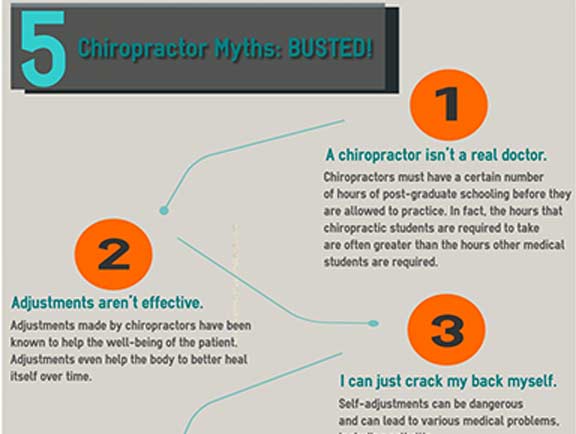Daily Practices That Lead To Back Pain And Strategies For Avoidance
Daily Practices That Lead To Back Pain And Strategies For Avoidance
Blog Article
Material Author-Carstensen Harper
Maintaining appropriate posture and preventing usual challenges in day-to-day tasks can dramatically impact your back health and wellness. From just how you sit at your workdesk to just how you lift heavy objects, tiny changes can make a large difference. Picture a day without the nagging neck and back pain that hinders your every action; the solution might be simpler than you think. By making a couple of tweaks to your day-to-day habits, you could be on your way to a pain-free existence.
Poor Posture and Sedentary Way Of Living
Poor pose and an inactive way of living are 2 major factors to back pain. When you slouch or hunch over while resting or standing, you put unnecessary pressure on your back muscle mass and back. This can lead to muscle discrepancies, tension, and eventually, persistent pain in the back. In addition, sitting for long periods without breaks or physical activity can compromise your back muscles and cause stiffness and discomfort.
To fight bad position, make a conscious initiative to sit and stand up directly with your shoulders back and straightened with your ears. Keep in mind to maintain your feet level on the ground and prevent crossing your legs for prolonged durations.
Integrating regular extending and reinforcing workouts right into your daily regimen can also aid boost your stance and ease neck and back pain related to an inactive lifestyle.
Incorrect Lifting Techniques
Improper training techniques can significantly add to neck and back pain and injuries. When you lift hefty objects, remember to flex your knees and utilize your legs to lift, as opposed to relying upon your back muscle mass. Avoid twisting your body while training and maintain the things close to your body to decrease stress on your back. It's essential to keep a straight back and avoid rounding your shoulders while lifting to prevent unneeded pressure on your spinal column.
Constantly assess the weight of the things before raising it. If it's too hefty, request help or usage equipment like a dolly or cart to deliver it securely.
Keep in source for this article to take breaks throughout lifting jobs to give your back muscles an opportunity to rest and prevent overexertion. By implementing proper lifting methods, you can prevent neck and back pain and minimize the risk of injuries, ensuring your back stays healthy and balanced and solid for the long-term.
Absence of Regular Exercise and Stretching
A sedentary way of living without normal exercise and stretching can considerably contribute to neck and back pain and pain. When functional medicine and labs austin austin tx don't participate in physical activity, your muscular tissues come to be weak and inflexible, resulting in bad position and raised pressure on your back. Routine workout assists enhance the muscles that support your spinal column, enhancing security and lowering the risk of back pain. Incorporating stretching right into your routine can likewise boost flexibility, preventing stiffness and discomfort in your back muscle mass.
To avoid neck and back pain caused by an absence of workout and stretching, aim for at least half an hour of modest exercise most days of the week. Consist of workouts that target your core muscular tissues, as a strong core can assist alleviate stress on your back.
In addition, take breaks to stretch and relocate throughout the day, specifically if you have a desk job. Basic stretches like touching your toes or doing shoulder rolls can assist soothe stress and stop back pain. Prioritizing regular exercise and extending can go a long way in keeping a healthy back and decreasing discomfort.
Verdict
So, bear in mind to stay up right, lift with your legs, and stay energetic to stop pain in the back. By making straightforward adjustments to your everyday practices, you can prevent the pain and constraints that feature back pain. Take care of your spinal column and muscular tissues by practicing great stance, correct lifting methods, and routine exercise. Your back will thank you for it!
